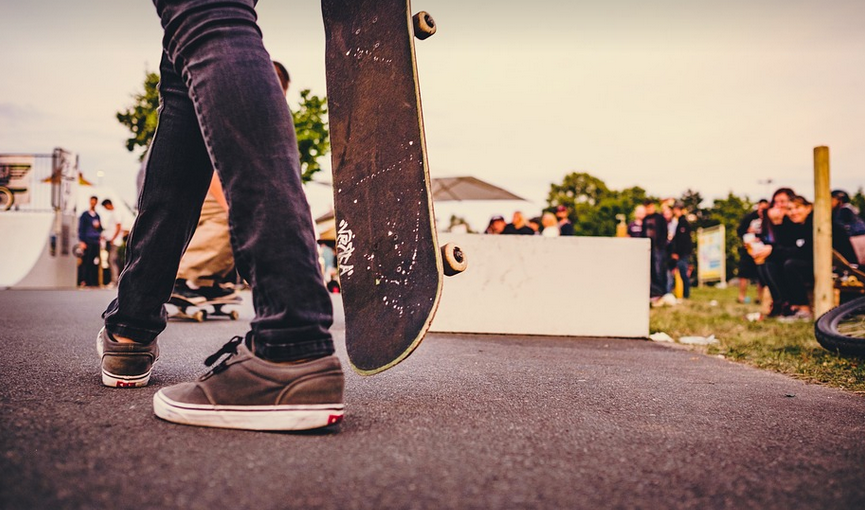Women's Feet In High Heels: A Deep Dive Into Style, Comfort, And The Hidden Truths

The Allure of High Heels
High heels have captivated women for centuries, their allure whispering promises of power, elegance, and a touch of mystery. From ancient Egyptian sandals to modern stilettos, these footwear icons have woven themselves into the fabric of our culture, becoming synonymous with femininity and sophistication. The magic of high heels lies in their ability to both elevate physical stature and evoke a sense of confidence and self-assuredness. They can transform a simple outfit into something dazzling. But beyond the aesthetics, there’s a complex interplay between form, function, and personality that makes these shoes so captivating.
The Science Behind High Heels
The human body is an intricate machine, and our feet are its foundation. When we wear high heels, it’s not just about changing the way we look; it significantly impacts how we walk and stand. The altered biomechanics due to high heels can alter gait, posture, and even muscle load distribution. This shift in balance can make us appear taller and slimmer than we actually are. But there’s a downside – the increased arch pressure from these shoes can cause discomfort, pain, and even long-term foot problems.
Scientists have discovered that standing for extended periods on high heels can cause uneven joint alignment, creating stress on the knees, hips, and lower back. The increased load on the arches can also lead to plantar fasciitis, a painful condition affecting the arch’s connective tissue. The impact of these shoes extends beyond the feet; they can contribute to altered gait patterns and even increase the risk of falls.
What are the Pros of High Heels?
Despite their inherent drawbacks, high heels do offer some undeniable advantages. They can elevate your confidence and body image, leading to a stronger sense of self-assurance. For many women, the allure of high heels is tied to their symbolic association with power and femininity. In certain settings like parties or formal occasions, they can make you feel more feminine and confident – an element that enhances your presence. The effect on posture can add a touch of elegance, creating a sense of poise and grace; especially seen in the way women walk.
The Cons of High Heels: A Deeper Look
However, the price to pay for this elevation often comes at a cost. One major issue is the potential for injury. Wearing high heels can cause pain and discomfort, leading to plantar fasciitis, metatarsalgia (inflammation of the ball of the foot), and even Achilles tendon problems. These conditions can result in chronic pain and limit your mobility.
But it’s not just about physical pain; there are psychological impacts as well. Women who wear high heels often feel pressured to conform to societal expectations, leading to a sense of inadequacy if they don’t meet those standards. This pressure can be both internal and external. A woman might feel ashamed or self-conscious when she is wearing shoes that make her feet hurt, even if it’s only for a short time.
Finding the Right Balance
The key to finding balance in this world of high heels lies in awareness. Understand your own body and foot type. Pay attention to how you feel when wearing them – are you experiencing any pain or discomfort? If so, it’s time to reconsider how often you wear them and explore other footwear options that provide more comfort.
The decision of whether to wear high heels is ultimately a personal one. While these shoes can be stylish and empowering, they come with their fair share of risks and drawbacks. It’s important to consider your own needs and preferences, as well as the potential consequences for your physical and emotional wellbeing.
The Bottom Line: Respect Your Feet
There’s an undeniable allure to high heels, but it’s crucial to remember they are not a necessity. Respecting your body and feet is paramount. So, if you choose to wear them, do so consciously, with care and awareness. Make sure your feet get rest and that you prioritize comfort over style.


